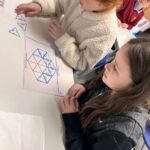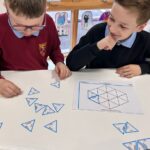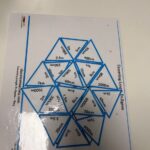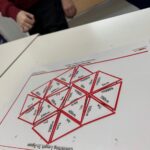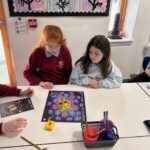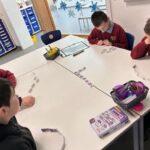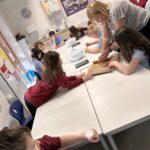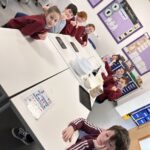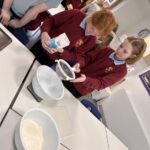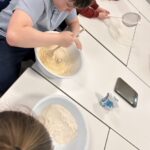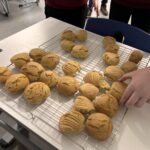Throughout this year we have been learning about the positive impact physical activity has on our mental wellbeing and we always aim to encourage this by making our P.E. sessions as fun as we possibly can. I’m pretty positive Mrs Boyle’s 00s pop playlist plays a key role in this too. 🤩 🎵 🏃🏼♀️ 🏃🏻♂️
Victorian Jigsaw

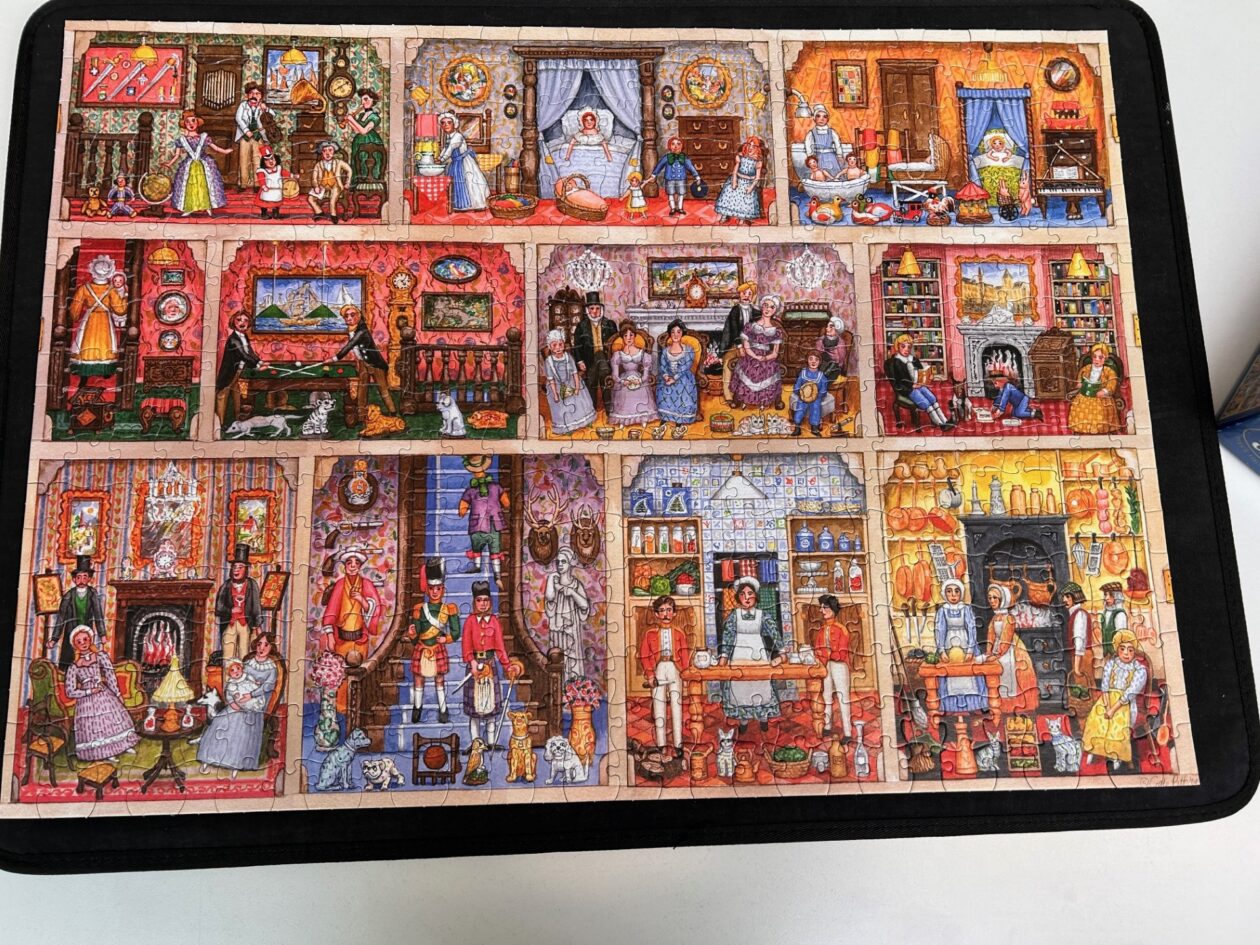
A huge well done to Colton and Ellie, who completed our 500 piece Victorian jigsaw today.
Converting Units of Length
We have been learning about the 4 main units of length used in the metric system. We have also been learning how to convert units of length and applied these skills in some fun tarsia puzzles.
Math Fun
The school have invested in some new numeracy games across the school.
Today we learned how to play:
1.Multiplication Dominoes
2.Space Multiplication
3.Division Desert
4.Add Ball
We are continuing to focus on multiplication and division as we continue to build our fluency and confidence. Now that we are confident in playing these games, it is something which we will continue to incorporate into our numeracy lessons.
How To Make Victorian Tea Cakes
On Friday, Primary 5/6 worked in groups to bake Victorian Tea Cakes. They carefully measured out ingredients, mixed and combined to create some delicious treats made very popular in Victorian times. Over the next few weeks, Primary 5/6 will be learning about procedural writing and will write out the recipe for these yummy baked goods. I’m sure with some adult supervision, they could make you all some Victorian Tea Cakes at home.
P.E. Fun!
Freeze Frame
Keeping Fit in P5/6
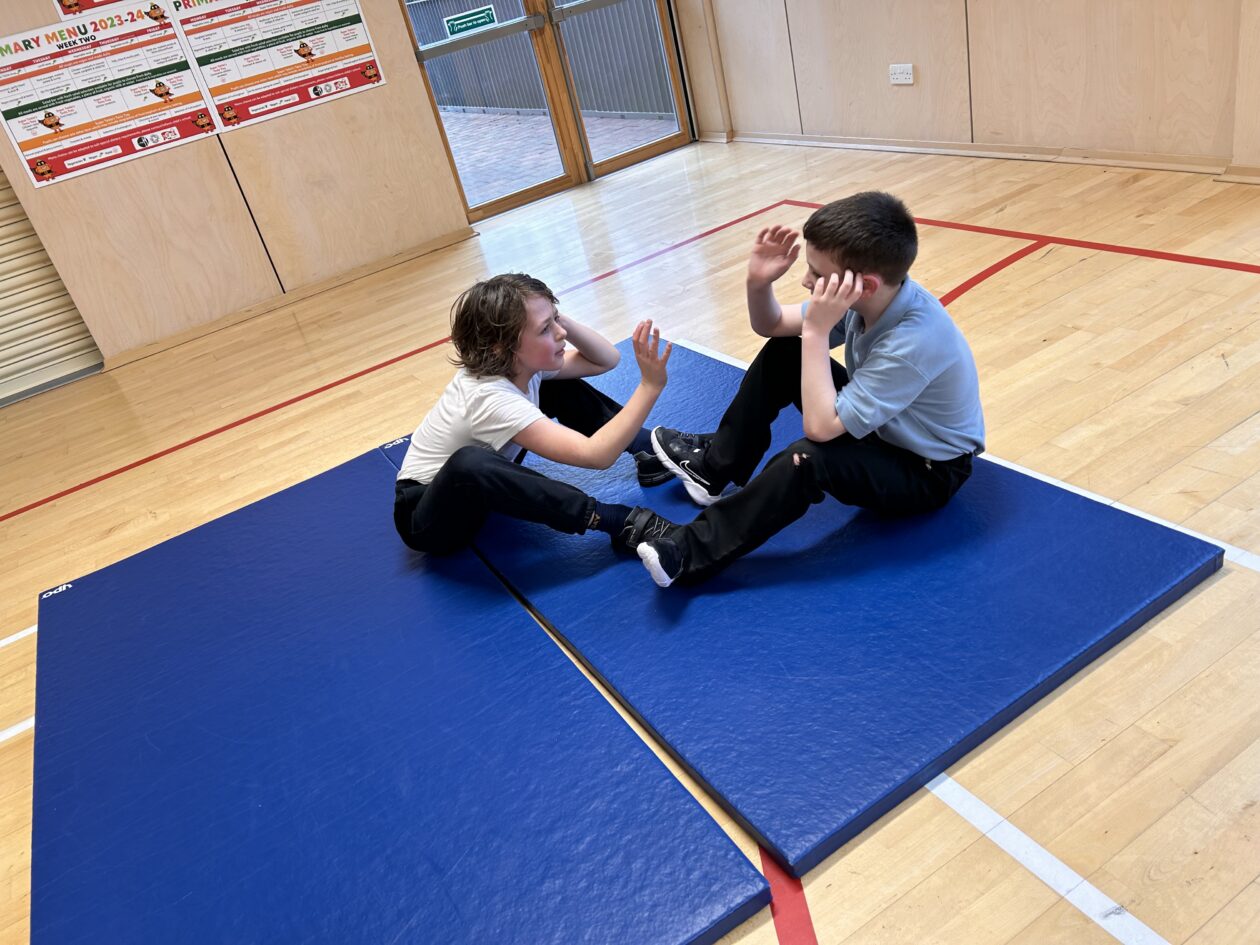
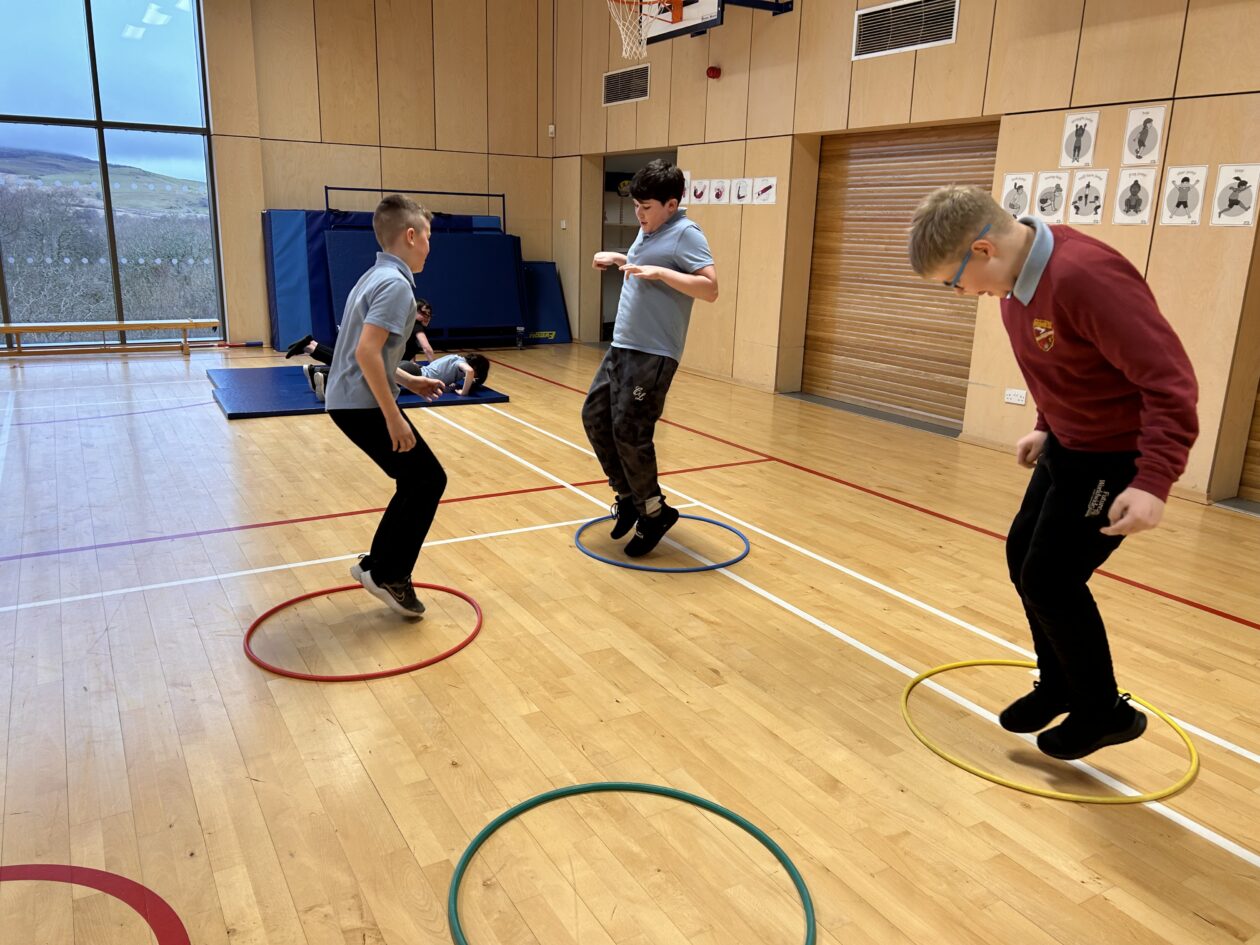
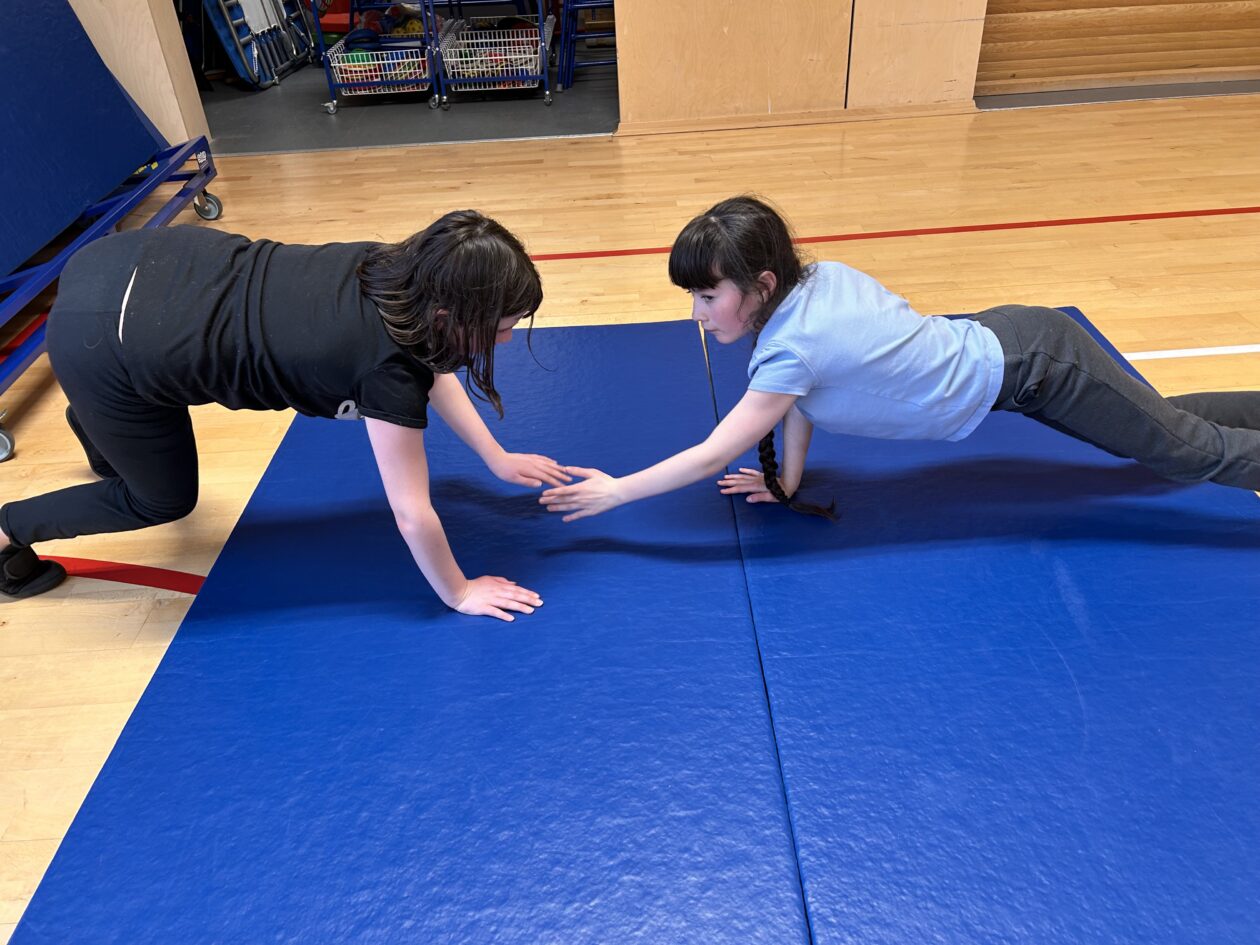

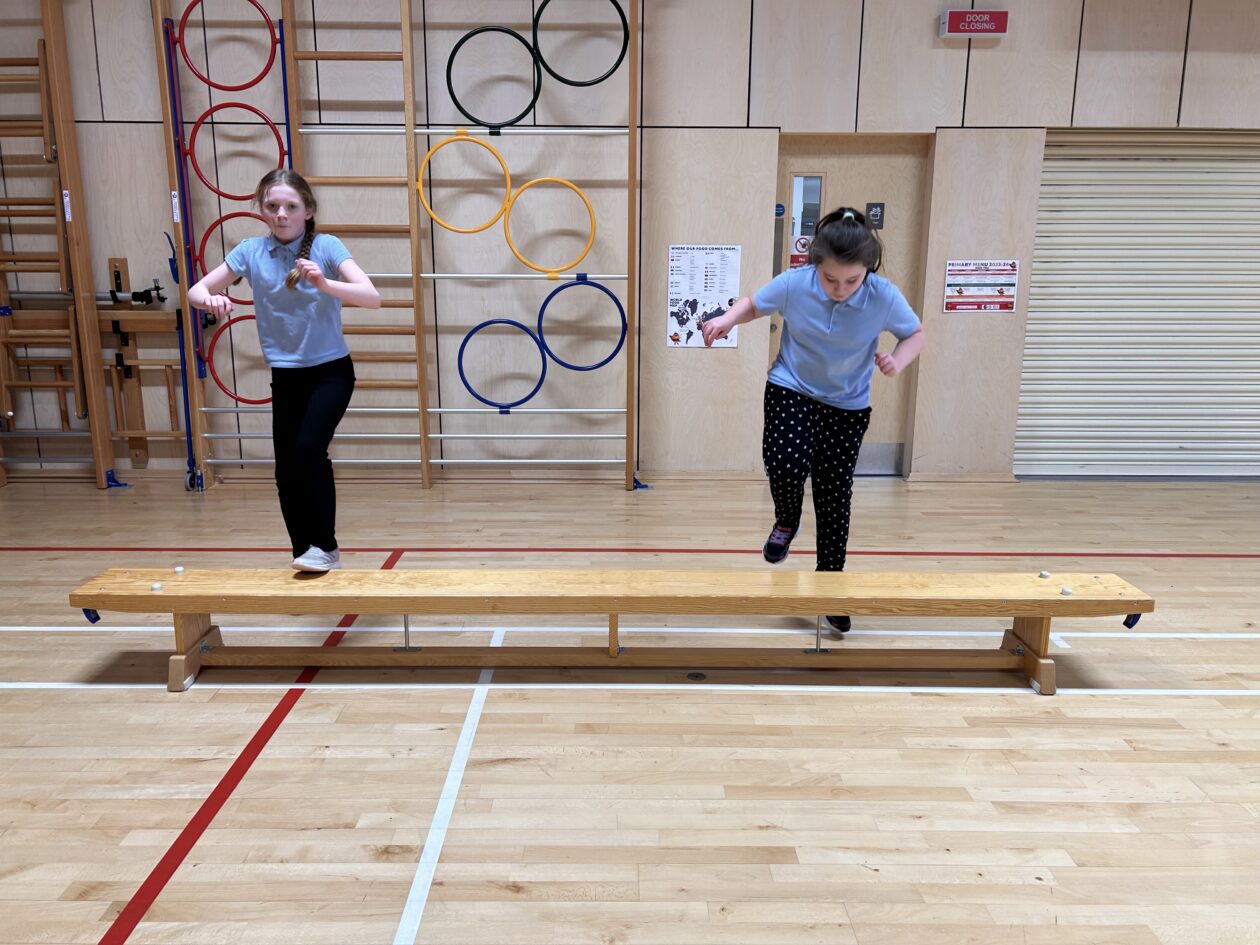
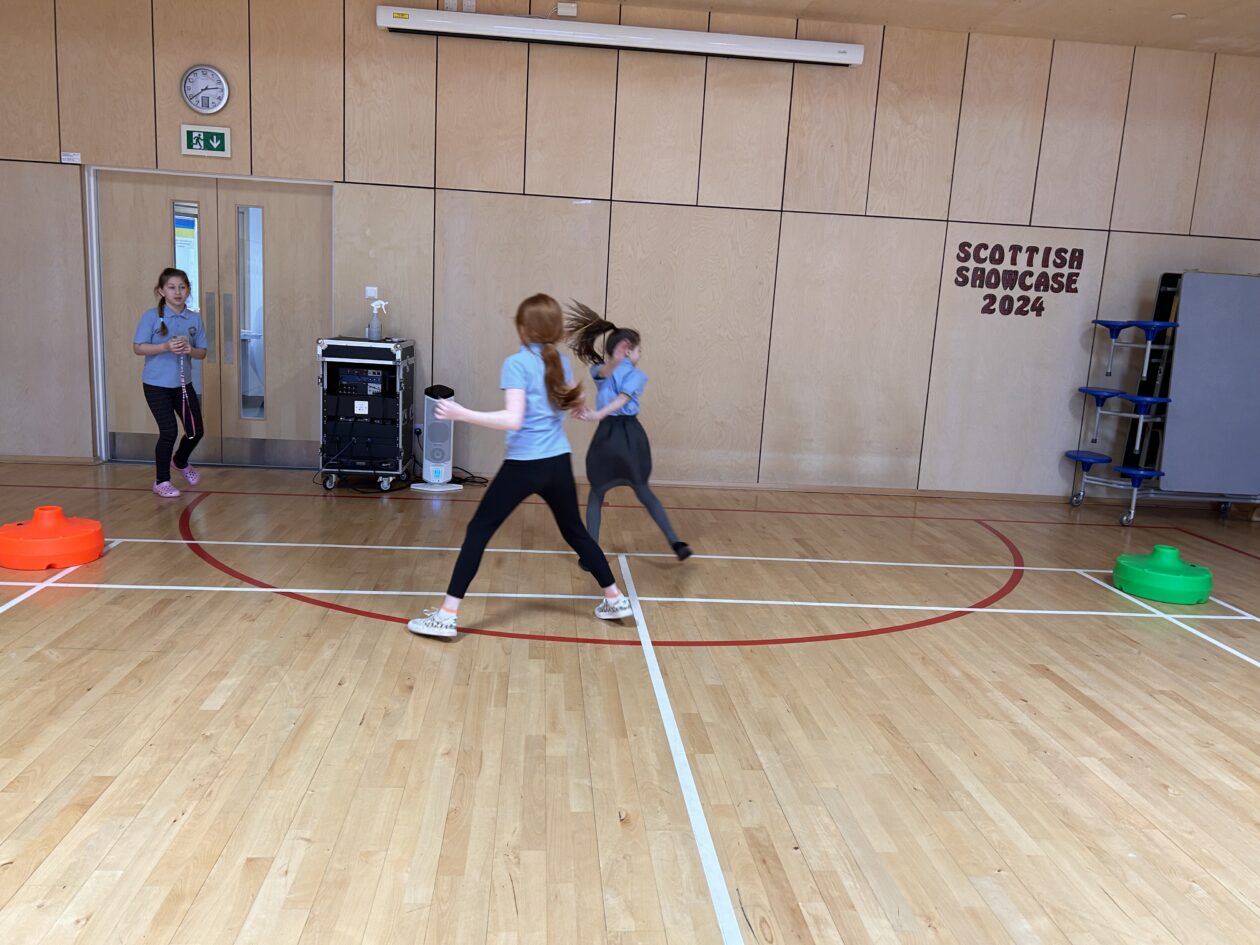
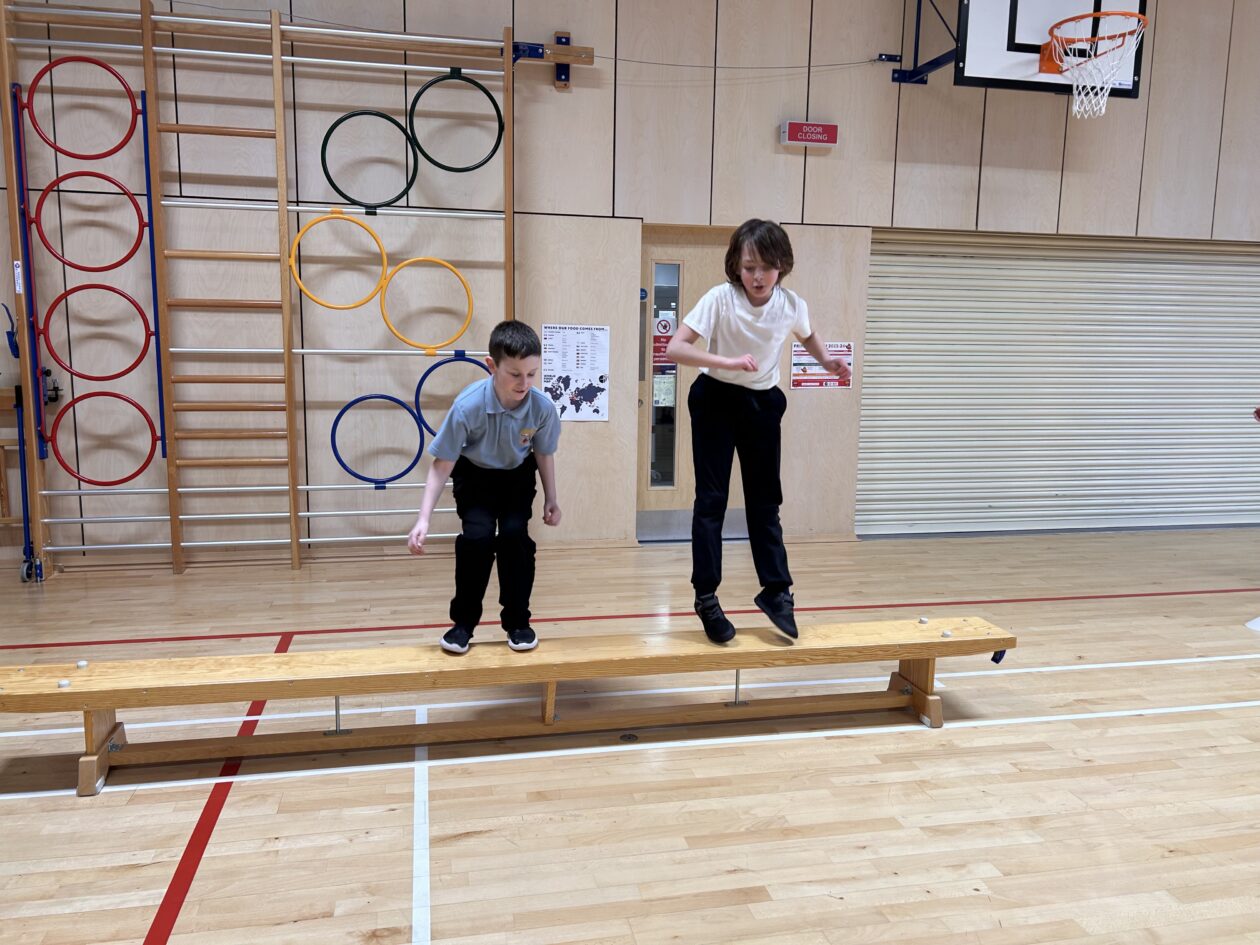
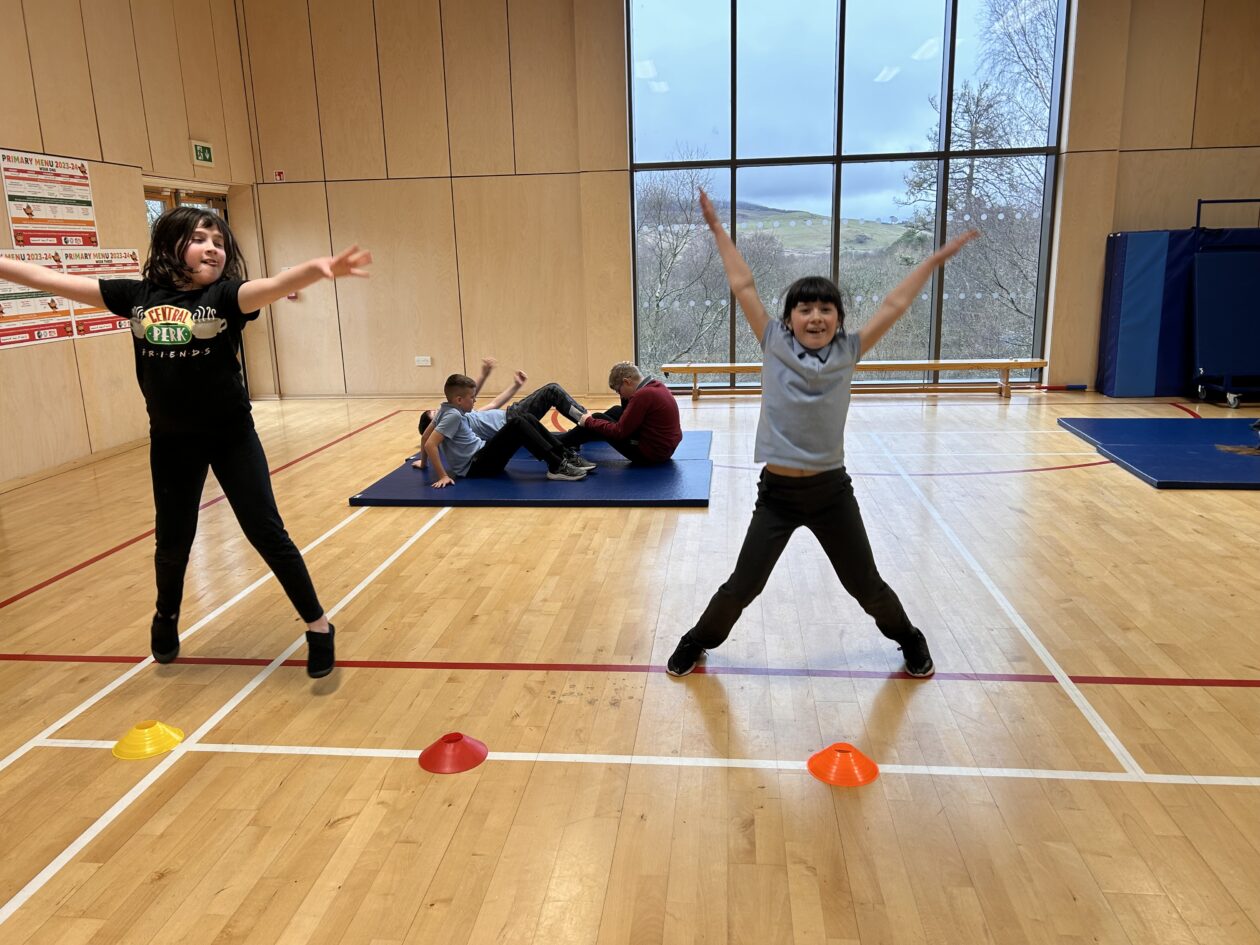
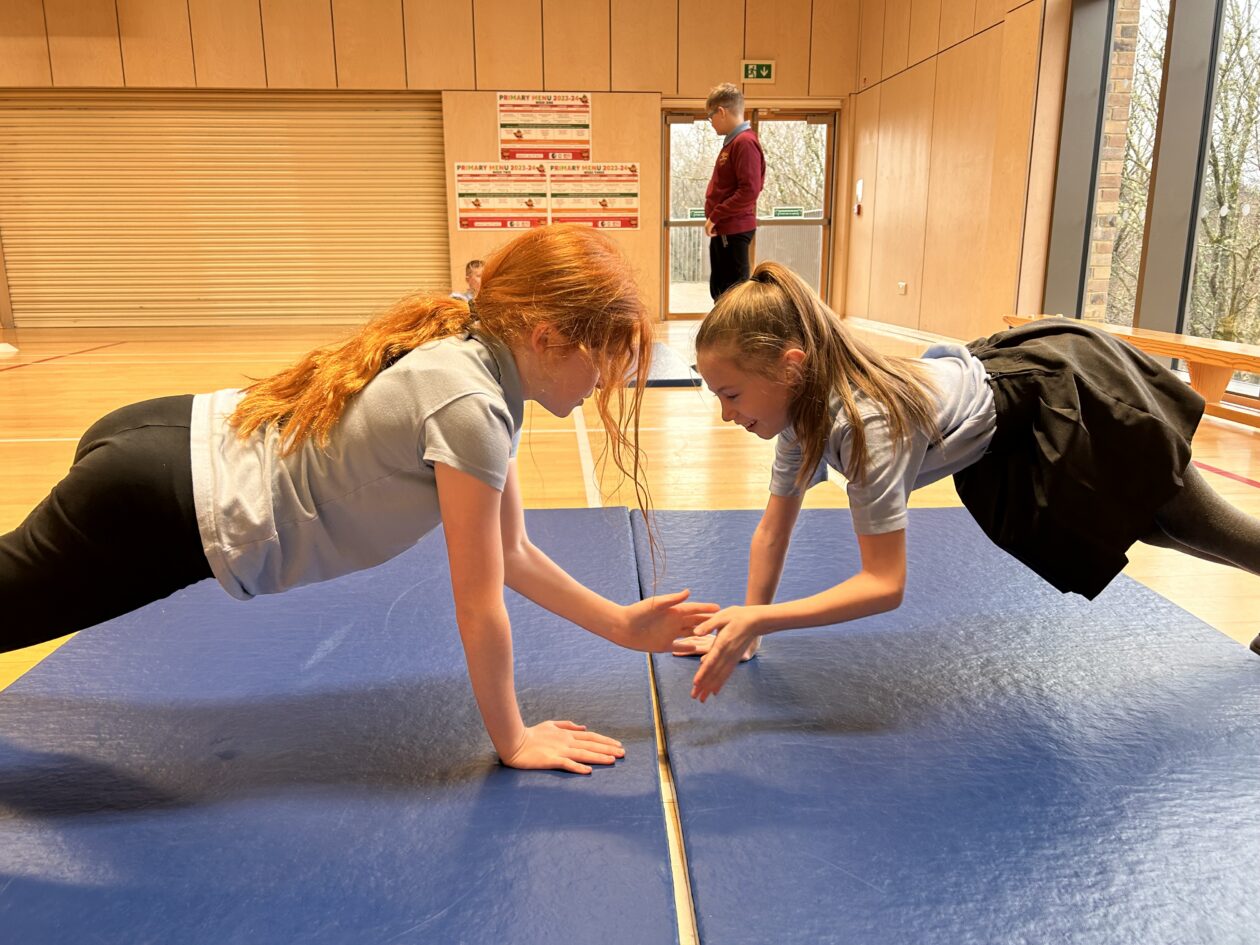
Building on our fitness in P5/6, encouraging each other to push ourselves and not give up. We are learning that exercise not only benefits our physical wellbeing but also our mental wellbeing. 😄
Just a wee reminder that our P.E days are Wednesday and Thursday every week and children should have change of shorts and shoes in their bags on these days. 👟🩳
Glasgow Science Centre
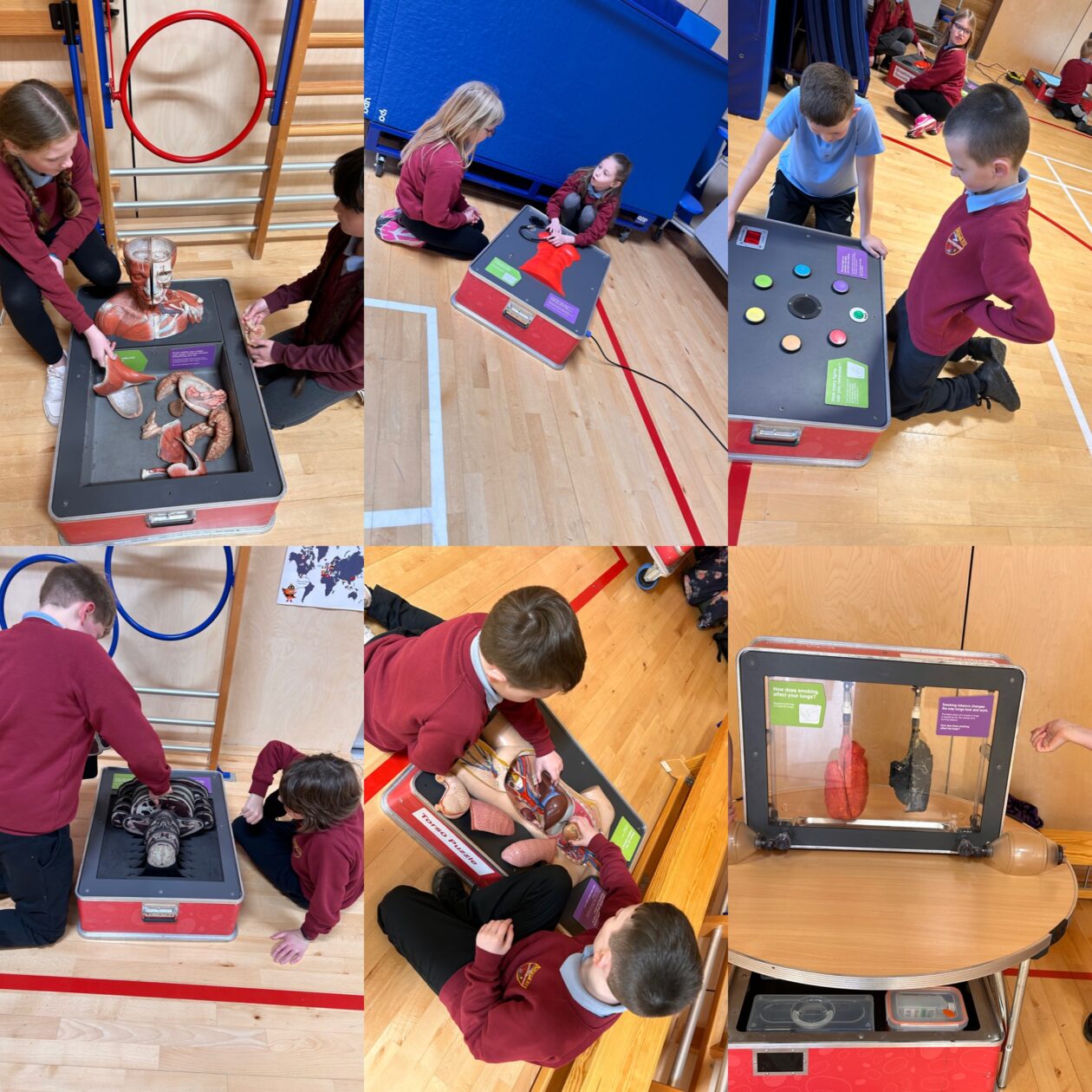
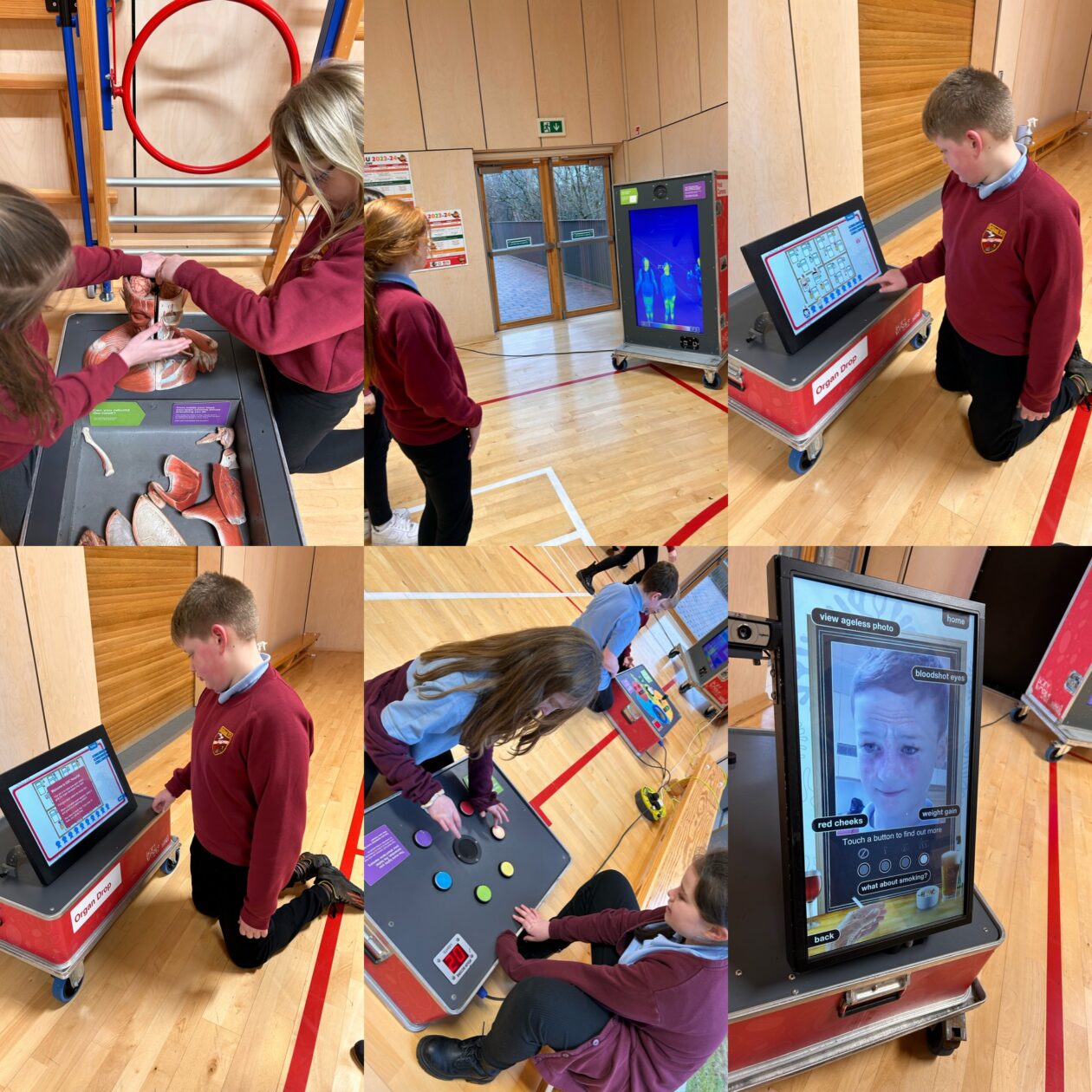
The Learning Lab Team from Glasgow Science Centre came to visit us at Bellsbank Primary. We learned about the impact fitness, exercise and substance misuse can have on our bodies. P5/6 loved exploring all the different stations set up around the room and thoroughly enjoyed the workshop.
Skittle Fractions
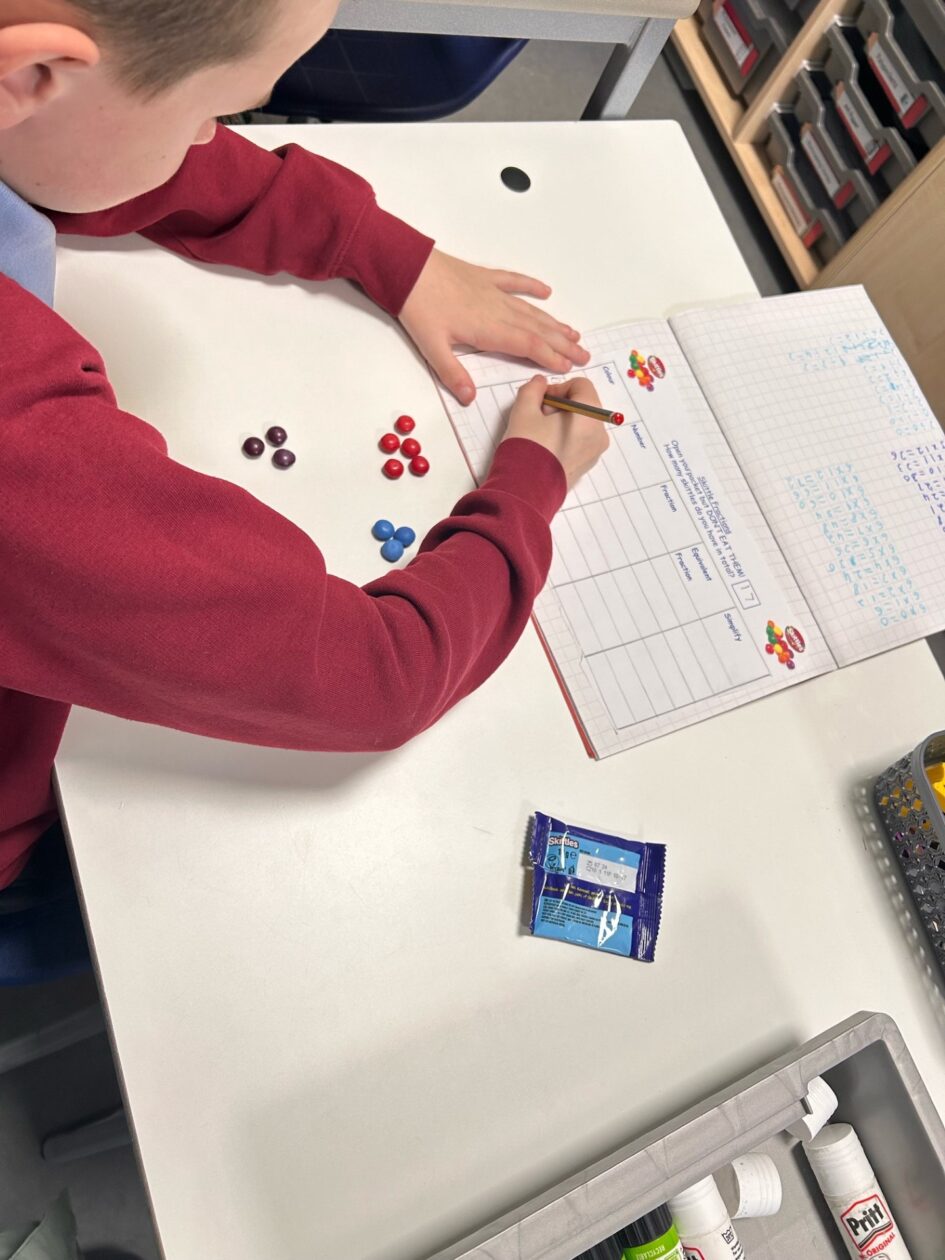
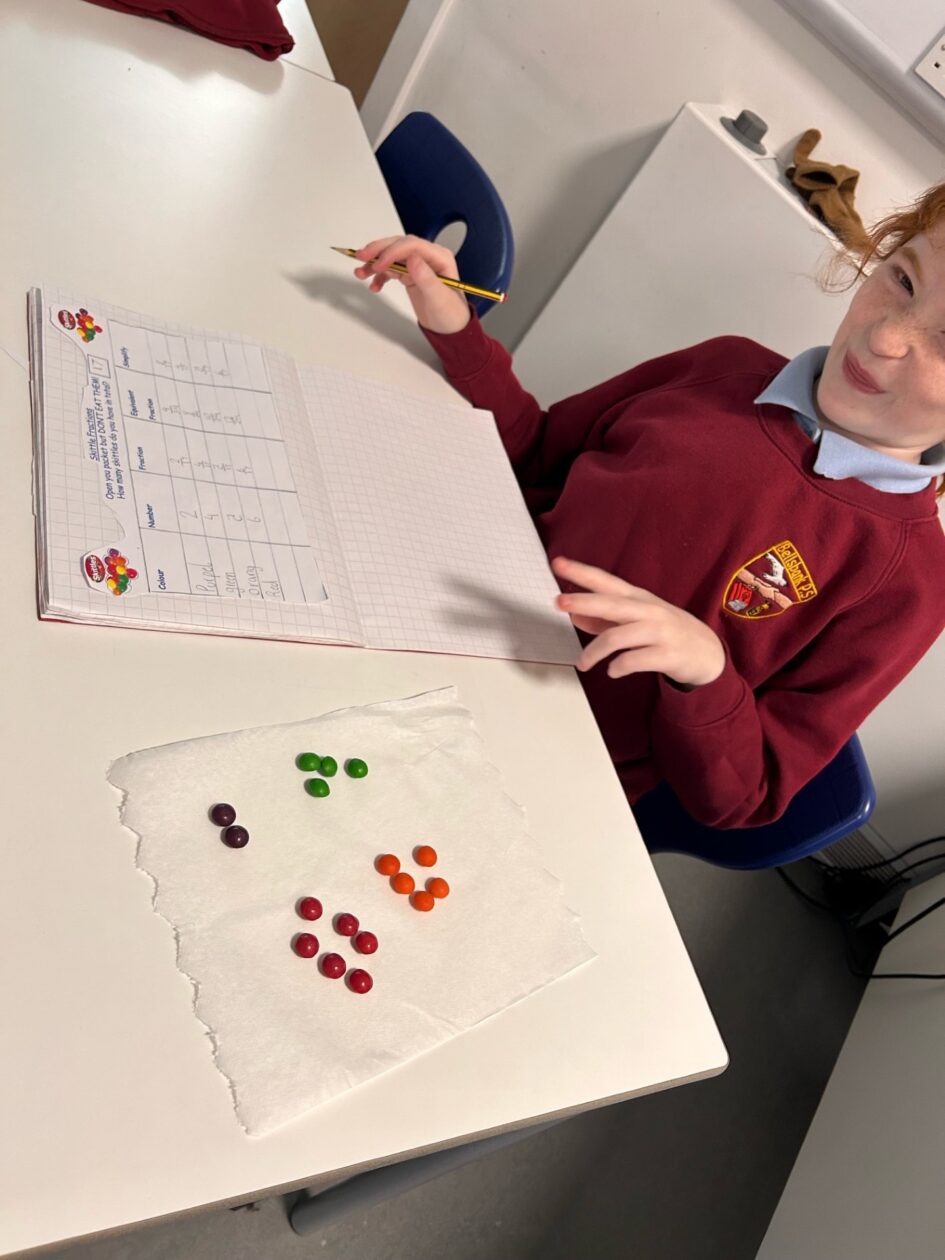
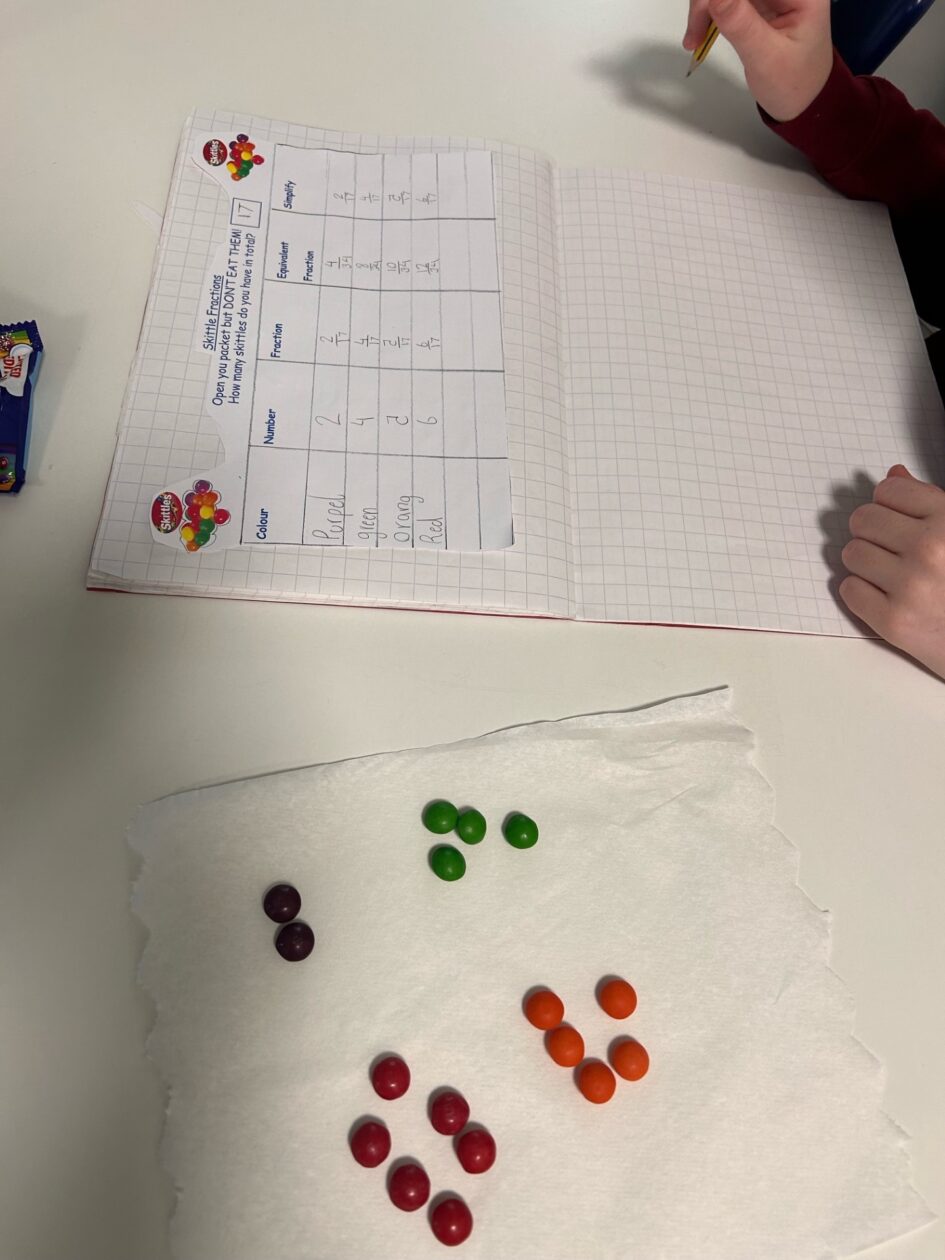
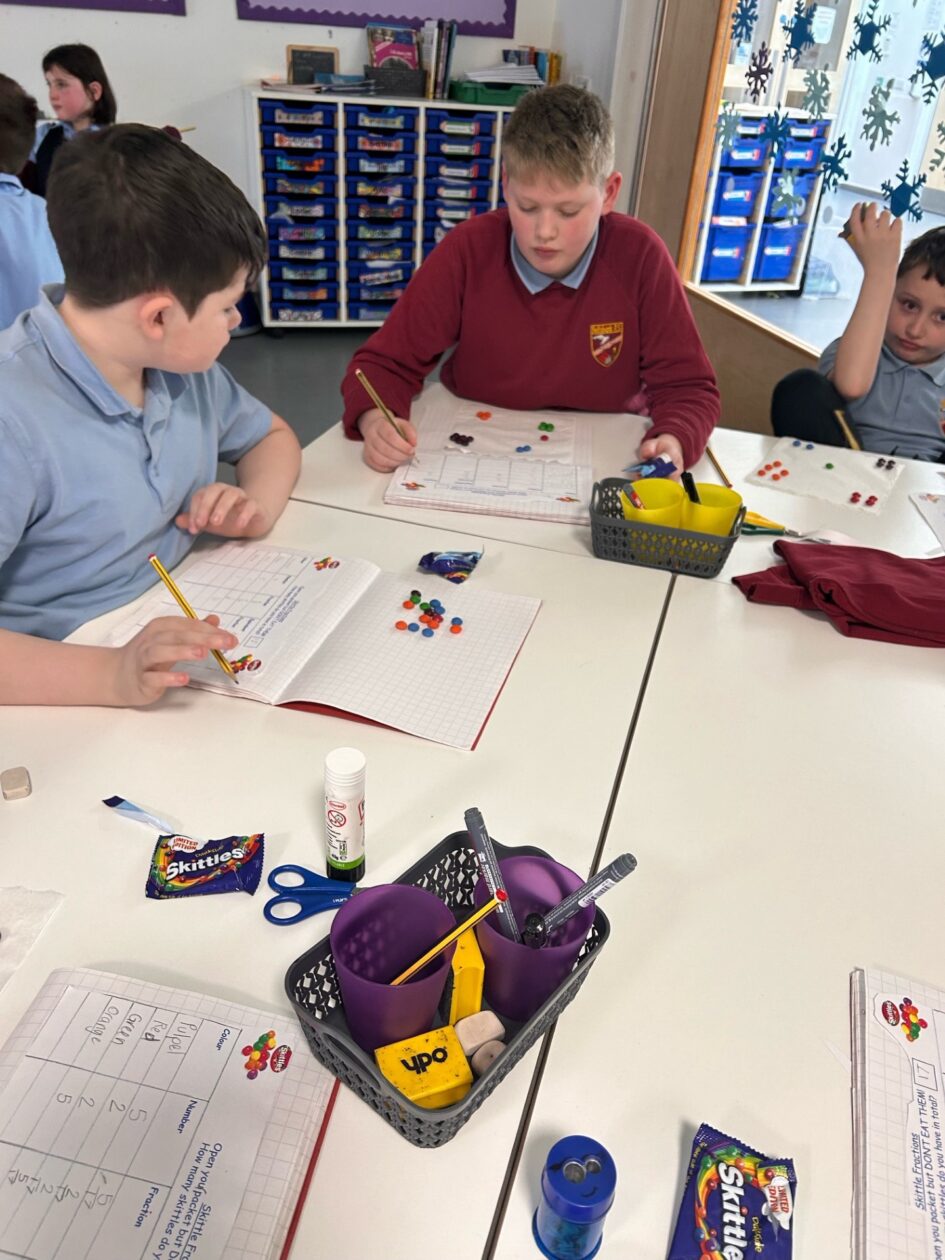
Lots of fun today recapping our fractions knowledge.
Using a packet of skittles we had to write down all of the colours, count the total and then count how many of each colour skittle we had. Next we had to use these numbers to create a fraction for each colour and then calculate an equivalent fraction for each and investigate whether the original fraction could be simplified.

